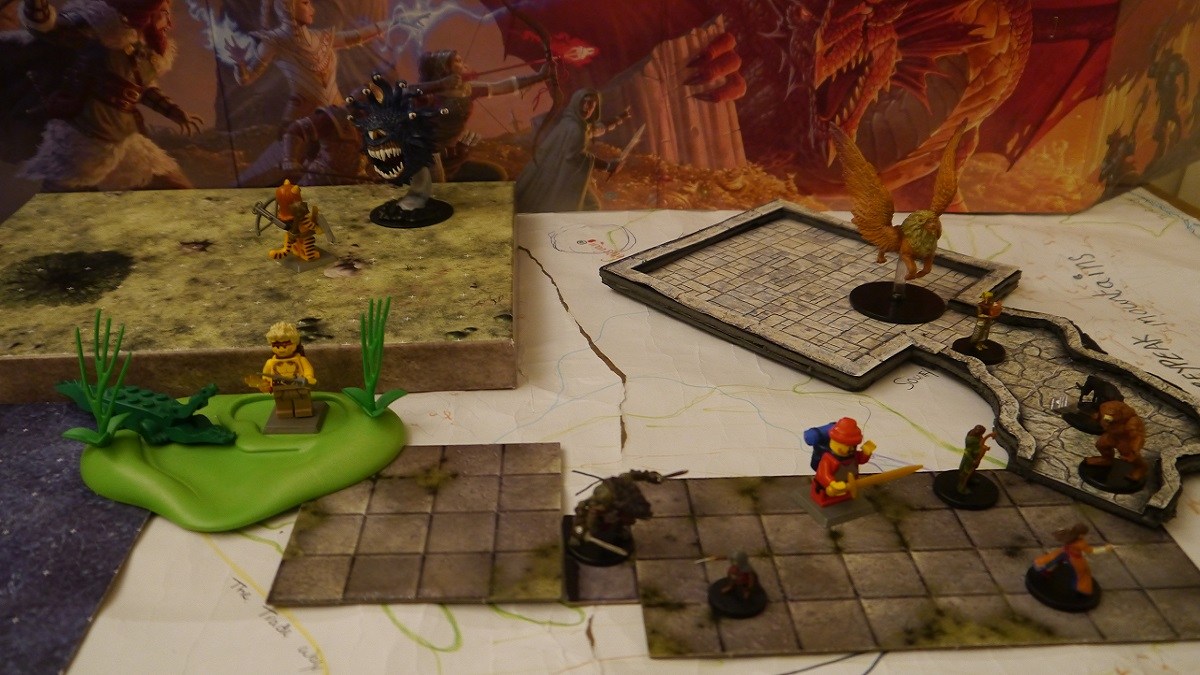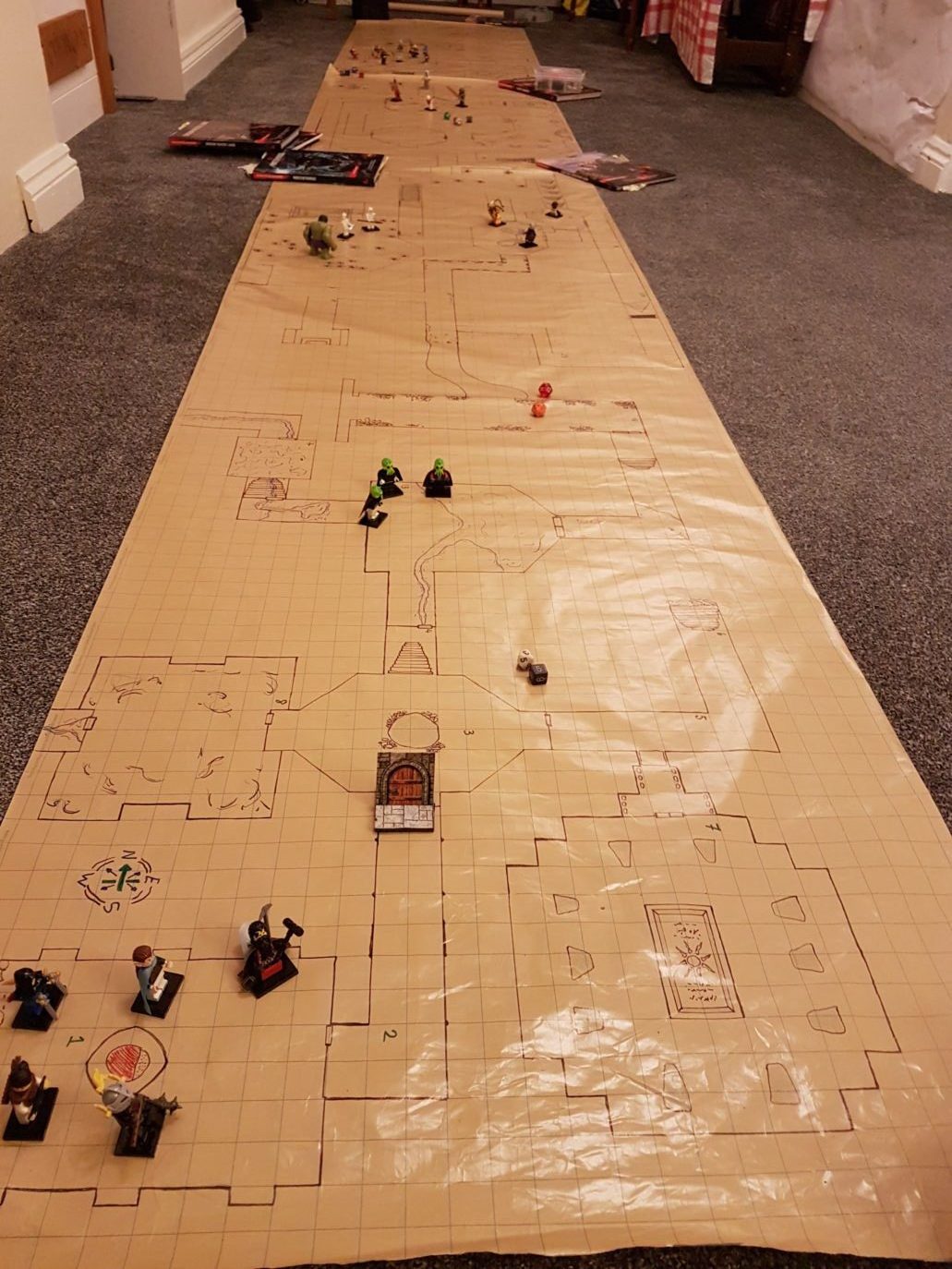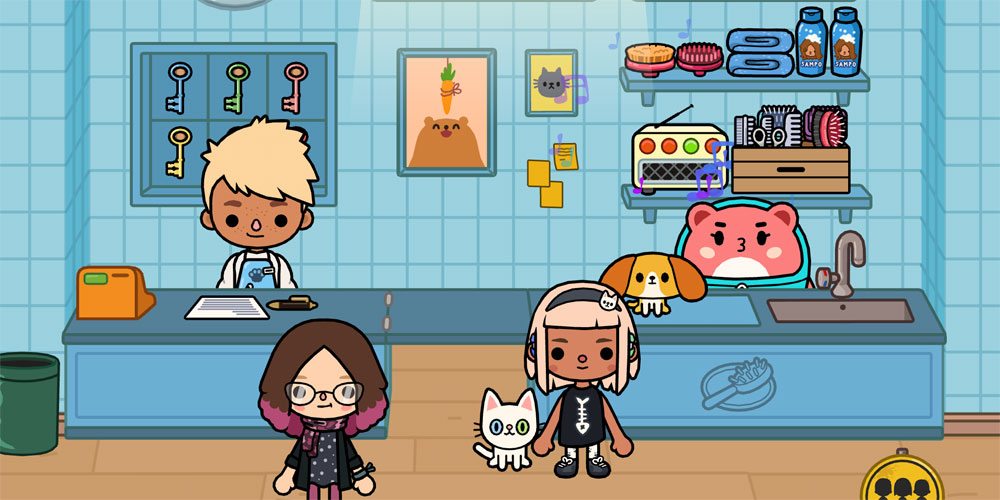
Your story is ready. You know where your campaign will be set. You know the villains your heroes will be facing. And you have a good idea of how they’ll fare. Now all you need are some killer D&D maps to help bring your story to life.
If it works for you, then Theatre of the Mind is all well and good for your Dungeons & Dragons games, but sometimes you just can’t beat the tactile nature of holding actual minis and placing them on intricately detailed D&D maps.
For dungeon masters just setting out, you might have got into D&D via watching Twitch streams such as Critical Role or live games like Acquisitions Incorporated. If so, you might be slightly overwhelmed by the sheer scale and intricacy of the setpiece map designs they use. But don’t be afraid, if you can’t afford those pricey Dwarven Forge set-ups or if you don’t have an in-house professional design team to create an Underdark diorama, there are still plenty of cost-effective options out there that will do just as good a job at home.
But where do you start?
Pen and Paper
For me, it was with hand-drawn D&D maps. I would draw out a 1-inch grid on an A2 sheet of paper and then copy, square by square a map straight out of whichever sourcebook I was using. My initial attempts were at recreating Phandelver and the Red Brand hideout from the Starter Set. I soon moved away from this method once it became clear my cartography skills weren’t up to scratch, but I will still create world D&D maps and the occasional dungeon “free-hand” when the mood takes me.
For drawing my own maps, I’ve experimented with all kinds of paper choices. From rolls and rolls of blank easel paper to specially created Gaming Paper, I’ve even tried dressmakers gridded paper, which was not ideal. But I’ve found the best option for me was to use large sheets of paper and drawn on the grid myself.

LEGO
During my first campaign at DMing, I turned to LEGO as my next tool of choice in creating my dungeons. This was partly because we had taken to using LEGO minifigures to represent characters and monsters, and partly just because I love LEGO. LEGO D&D maps soon took over my living room and space became a bit of an issue, especially once our son arrived and we had to re-assess our parent to child toy-ratio policy.
However, there are still occasions when only something out of LEGO will do. When we ran through the Tomb of Annihilation campaign there were a couple of sessions when I reverted back to form and pulled out an impressive LEGO tower and LEGO tomb.

It doesn’t have to be LEGO though, you can pretty much use whatever you have in your house. Our house is currently full of Playmobil, train sets, and plastic dinosaurs. Any of these are perfect for creating exciting encounter locations.
Chessex Grids
Throughout my history with D&D, one thing has been a constant: Chessex mats. I still use the very first one I bought during my original campaign, and although it may be starting to show some signs of heavy use, it still does the job whenever I need to quickly sketch out or improvise a location at the table.

I love the convenience of having a gridded board on hand at all times to quickly mark out any area my players might wander into unexpectedly. In fact, under every D&D map I use there is always, without fail, my Chessex grid waiting patiently for the time our Bard runs off into the abandoned warehouse at the dockyard or our Cleric falls into the never-ending well.
Printable Dungeon Tiles
The second campaign I ran was set in the Underdark, and I wanted to make sure there was a different feel to the D&D maps I created. I also, rather ambitiously, tried to have every inch of the areas they would explore mapped out. This was a bad idea. But the tools I used and the lessons learned made it all worthwhile.

I found some printable dungeon tiles from fatdragongames.com and purchased some foamboard, PVA glue, and a craft knife and spent the evenings of my paternity leave—my son had just been born and at the time he slept like a baby; he doesn’t now—printing, cutting, gluing, and sticking a lot of dungeon tiles. These were exceptional, and my players were all quite surprised when our next game eventually came around.
Fat Dragon Games also has a large range of 3D printable paper terrain, but as fellow GeekDad James Floyd Kelly notes here, you really need lots of time for cutting, gluing, and sticking, and I was never really one for Origami.
Official Dungeon Tiles
Other high quality options for DMs looking for D&D maps comes from WotC as they recently released both D&D Dungeon Tiles Reincarnatedand the D&D Adventure Grid
.
The D&D Dungeon Tiles come in Dungeon, Wilderness, and City variants, and each pack contains 16 durable, double-sided, fully illustrated tile sheets, featuring grasslands, ruins, sandy beaches, and other terrain elements perfect for build exciting encounters. I used a set of Dungeon Tiles for a recent adventure in a desert ruin and they stood up to that particular test admirably. The sheer number of options and choice you have when putting them together is great and really gave me the chance to create a fun location for our adventure. The box it comes in has a gridded map on it too, so it can help provide levels and some height to an encounter.
However, if you’d rather a tactical battle mat than a detailed dungeon, the D&D Adventure Grid could be what you’re after. Along the same lines as the Chessex flip-mat mentioned earlier, these D&D maps are gridded and feature a grass design on one side and stone on the other. While potentially not as versatile as a Chessex mat, they are very hard wearing and being a board it folds over neatly to the same size as the Player’s Handbook.
3D Terrain
As alluded to earlier, the gold standard of D&D maps and 3D terrain is Dwarven Forge. They have just completed their sixth Kickstarter campaign, and although still quite expensive, this is by far the most cost-effective way of beginning your Dwarven Forge collection. If you’re looking for a low-budget dungeon map, this is not the answer, but if you want to impress your players and give them a game session they’ll never forget, investing in Dwarven Forge might not be such a bad idea. I have to be honest and admit that I actually backed this campaign, my first with Dwarven Forge, and I am very excited to see the finished result—although I’ll have to wait until June 2019.




